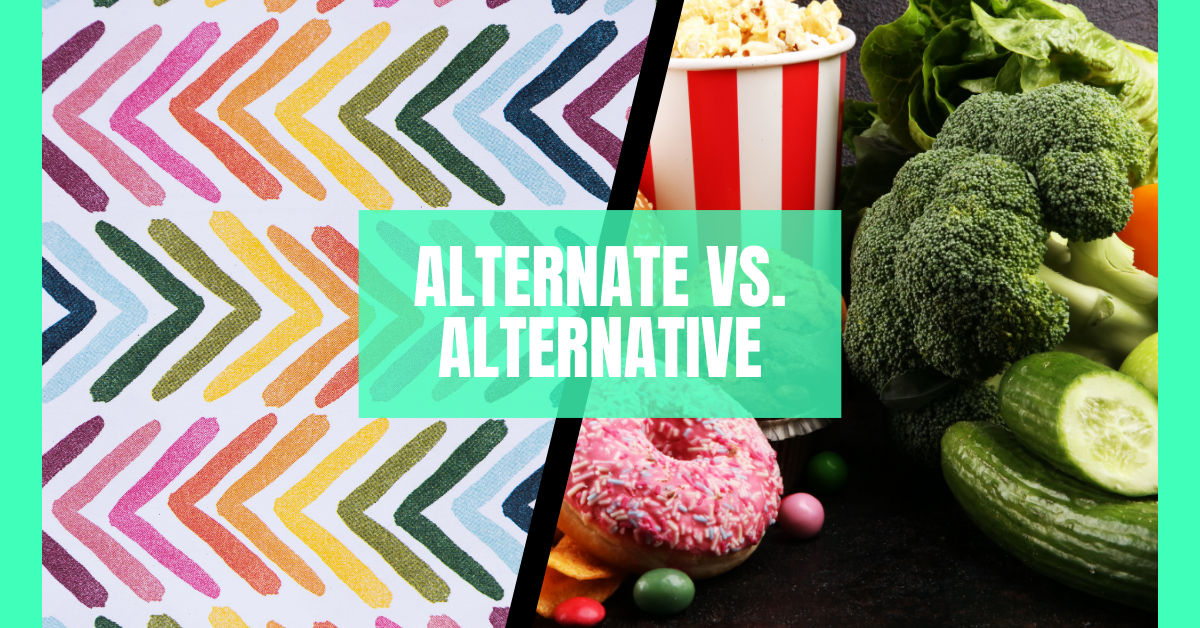Mastering "Do" vs. "Does" in English Grammar: A Simple Guide

Mastering "Do" vs. "Does" in English Grammar: A Simple Guide
Do vs. Does: How to Use Them Correctly in English
One of the most common challenges when learning English is understanding the difference between "do" and "does." These words might seem simple, but they play an essential role in asking questions, making statements, and forming negatives. So, how do you know when to use "do" and when to use "does"? Let’s dive into the details to clear up any confusion.
Source: Learn English Coach YouTube Channel
The Basics: What Are "Do" and "Does"?
"Do" and "does" are forms of the verb "to do," which is one of the most versatile verbs in English. It can act as a main verb or a helping verb. As a main verb, "do" refers to completing a task or taking action, like in the sentence:
I do my homework every evening.
As a helping verb, "do" and "does" are used to form questions, negatives, and emphatic statements. They don’t carry meaning themselves but assist the main verb in showing time or mood. For example:
Do you know the answer?
She doesn’t like coffee.
Understanding the differences between these two words starts with knowing their grammatical role and which subjects they pair with.
Singular vs. Plural: The Key to Choosing "Do" or "Does"
The primary difference between "do" and "does" is the subject of the sentence. The rule is straightforward:
Use "do" with I, you, we, they (plural subjects).
Use "does" with he, she, it (singular third-person subjects).
For example:
I do my best every day.
They do their homework on time.
He does his work efficiently.
She does her chores every morning.
Here, you can see that the subject of the sentence determines whether "do" or "does" is the correct choice.
Making Questions with "Do" and "Does"
One of the most common uses of "do" and "does" is forming questions. To make a question, place "do" or "does" at the beginning of the sentence, followed by the subject and the main verb in its base form. Here’s the structure:
Do/Does + subject + base verb...?
For instance:
Do you like pizza?
Does he live in New York?
Remember, for third-person singular subjects (he, she, it), we use "does." For all other subjects, we use "do."
Negative Sentences with "Do" and "Does"
"Do" and "does" also help form negative sentences. To make a sentence negative, simply add "not" after "do" or "does."
Subject + do/does + not + base verb...
Examples:
I do not understand the question.
She does not enjoy horror movies.
It’s important to note that in informal speech, "do not" and "does not" are often contracted to "don’t" and "doesn’t."
I don’t know the answer.
He doesn’t want to come to the party.
Common Mistakes to Avoid
Even though the rules for using "do" and "does" are simple, learners often make a few mistakes. Let’s look at some of these pitfalls:
1. Mixing up singular and plural subjects:
It’s easy to forget that "he," "she," and "it" require "does." For example, learners might say:
He do his homework.
The correct version is:
He does his homework.
2. Forgetting the base verb:
When using "do" and "does" in questions or negatives, the main verb should always be in its base form (the infinitive without "to").
Incorrect: Does she likes ice cream?
Correct: Does she like ice cream?
3. Overusing "does":
Sometimes, learners try to use "does" with plural subjects, which results in errors like:
They does their chores.
The correct version is:
They do their chores.
Emphatic Sentences with "Do" and "Does"
Finally, both "do" and "does" can be used to emphasize a point. In these cases, "do" or "does" comes before the base verb, even in affirmative sentences. This usage adds extra emphasis or contrast.
For example:
I do want to help you!
He does know the answer, trust me!
Here, the speaker is stressing their intention or the truth of the statement. It’s a subtle but powerful way to strengthen your message.
Conclusion
Understanding the difference between "do" and "does" might seem tricky at first, but once you master the subject-verb agreement rules, it becomes much easier. Just remember:
Use "do" with I, you, we, they
Use "does" with he, she, it
Whether you’re asking questions, making negatives, or just emphasizing a point, "do" and "does" are essential tools in your English toolkit. Practice these rules in your conversations and writing, and soon enough, you’ll be using them with confidence!
FREE Quiz
Take our free quiz to test your knowledge of “Do” vs. “Does.” 👉 Click Here to Start the Quiz






